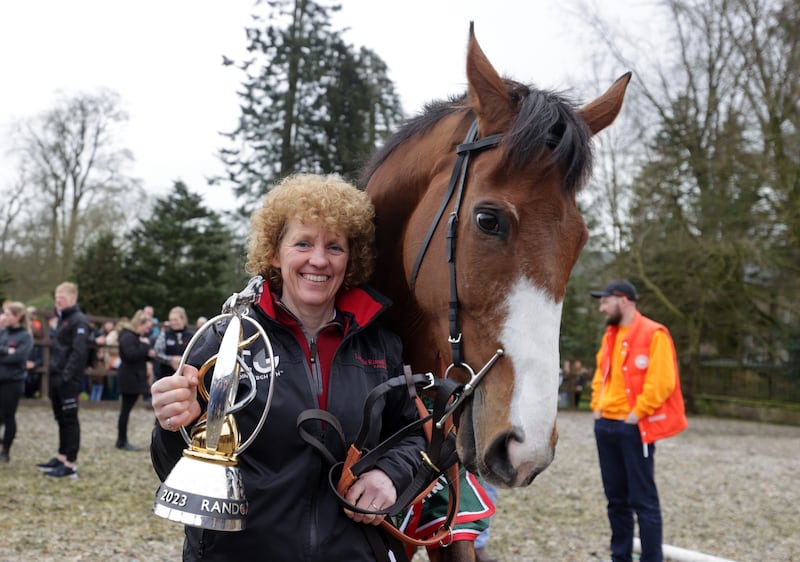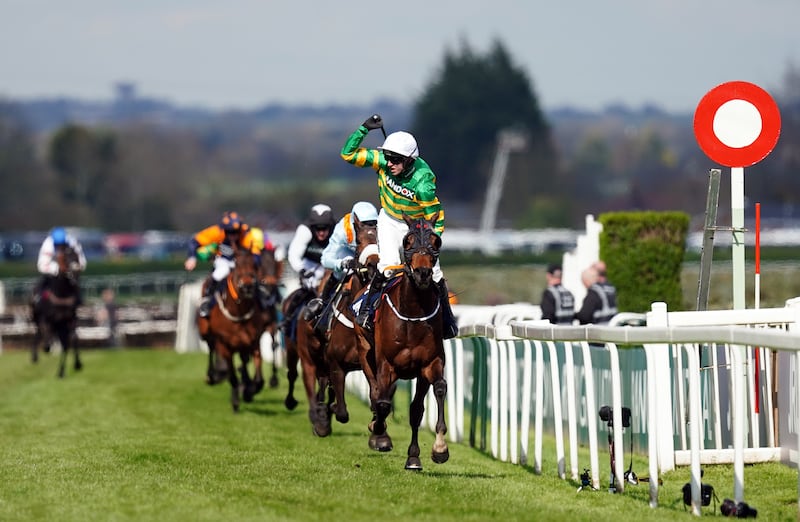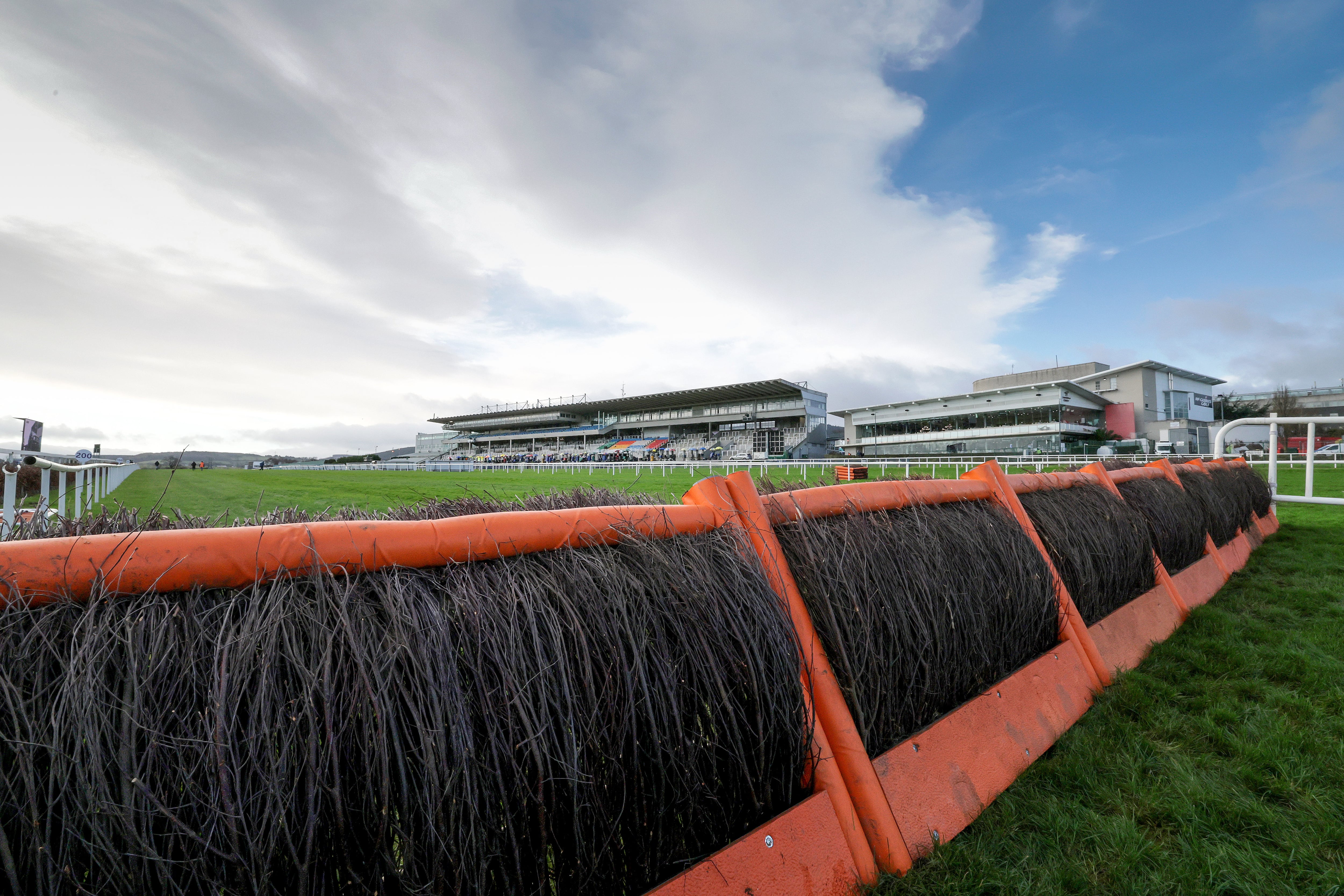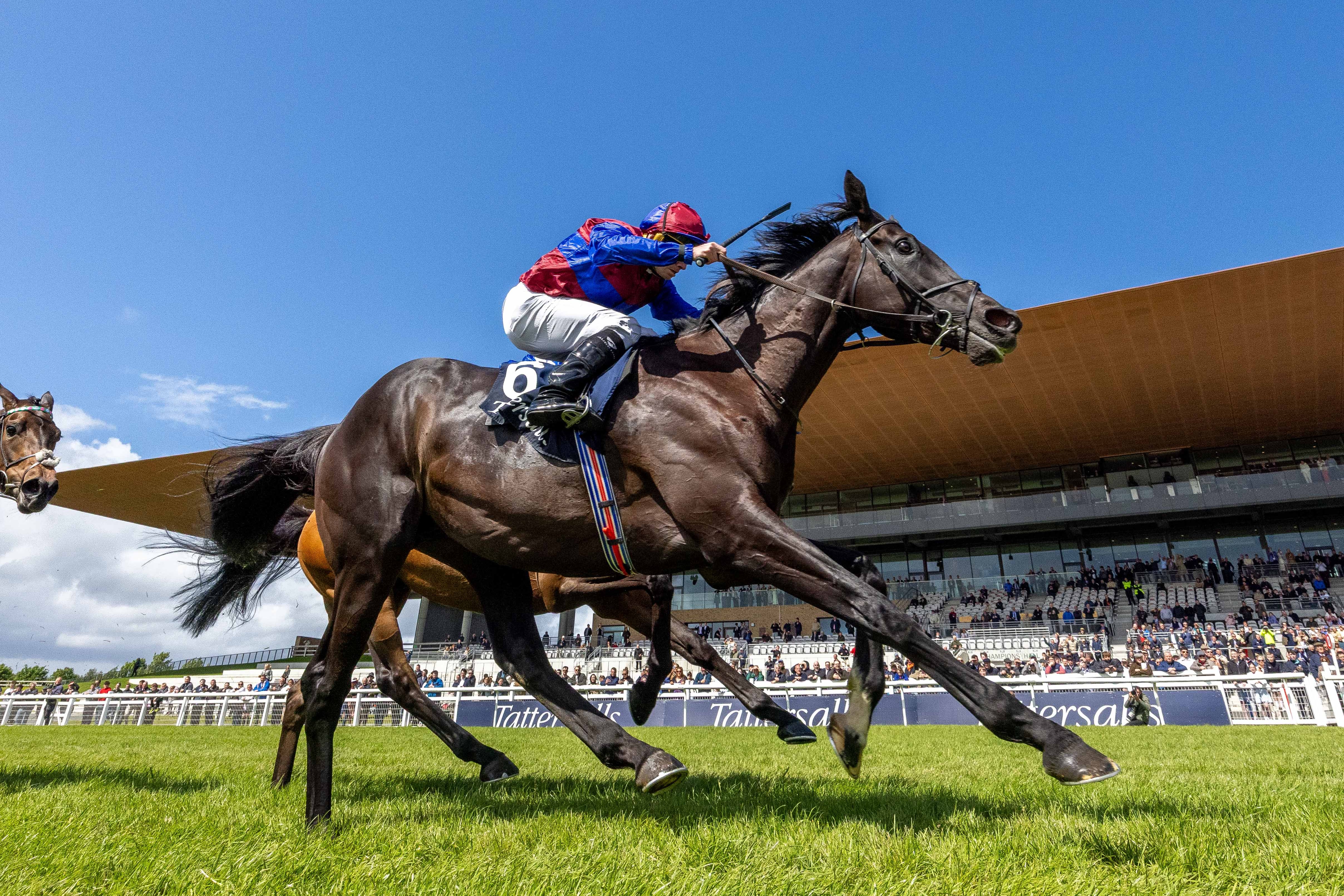Back in the day, when the stallion game bubbled into ludicrousness, an expression arose that a horse was too valuable to race. National Hunt racing has always been spared that sort of excess. But might a point be coming where its inherent risks make some horses too popular to race?
Last week the 2023 Grand National hero Corach Rambler was retired by his connections after a fine 18-race career that also included a pair of Cheltenham Festival victories for Scottish trainer Lucinda Russell. It was a career that saw the distinctively-marked Irish-bred horse accumulate quite a fan base.
At 10-years-old Corach Rambler was hardly a spent force. It’s just a couple of months since he put up a career-best performance when third to Galopin Des Champs in the Cheltenham Gold Cup. However, after an unhappy defence of his Grand National title, and being pulled up at the Punchestown festival, the decision was taken to retire him.
“To some our decision will be a surprise. Corach is only 10, he could have raced on,” Russell said. “But we feel we have a responsibility with a horse with his public following to do the best thing for him.”
READ MORE
Such decisions are obviously the prerogative of any horse’s ownership. It’s not like Corach Rambler owes any of his connections anything having won perhaps the world’s most famous race. But rather like the National itself, it’s a decision that underlines the increasingly uneasy relationship between jump racing and public scrutiny.
Russell’s comments suggest the best thing for this racehorse is not to race, and it’s wrapped up in his high-profile status. She added that connections couldn’t forgive themselves if something happened to Corach Rambler. It’s an understandable instinct but one with the fraught implication that there would be a much wider blame game in the event of any such sad event.

Essentially, it’s not difficult to make the case that Corach Rambler’s profile means he can look forward to a pampered retirement when most other fit and healthy 10-year-old steeplechasers are still busy doing what they’re bred to do. And neither does it make it hard for racing’s opponents to argue that if the sport is too risky for its star names, then it’s too risky full stop.
Even those of us making the case for jump racing can’t pretend there is an unavoidable danger to the horse and rider when racing over obstacles. A 0.4 per cent rate of fatalities to runners over jumps is a stark statistical fact that proves how thrills come with spills that can result in fatal injuries.
It’s a baleful reality but a reality nonetheless, one which requires the sport and industry to be able to confidently stand over assurances that it is as reasonable a test as it is possible to make it. It’s either a fair challenge or it isn’t, regardless of what profile a horse has, what age it is, whether it’s on the grandest stage, or at a backwater gaff.
It’s in such a context that the decision to retire Corach Rambler seems overly cautious. Appreciation of public perception is both positive and necessary in the context of racing coming under increasing examination in years to come when it comes to animal welfare. But pulling the plug early on a horse’s career in this manner? Hopefully it won’t catch on.
One of jump racing’s great attractions is how the public build relationships with star performers over time. Kauto Star won a fifth King George just days shy of his 12th birthday. Hurricane Fly was still winning Grade One races as an 11-year-old. Sprinter Sacre wasn’t as good winning his second Champion Chase compared to the first three years previously, but what a story it was.
Red Rum is perhaps the sport’s most iconic name. He was retired just before the 1978 Grand National aged 13. Desert Orchid was just shy of 13 when running his last race.

It doesn’t always work out well. There was genuine sadness when the former champion stayer Sire Du Berlais sustained fatal injuries in what would have been his last race at Punchestown earlier this month. Inevitably there were private grumbles he’d been pushed too far for too long. But his injuries occurred on the flat between jumps and could hardly have been predicted.
And age wasn’t a factor in the fatal injuries sustained by the callow three-year-old Derby prospect Hidden Law after he passed the line in front in the Chester Vase just six days later.
Injuries occur in racing. By its very nature they are more prevalent over jumps. But in a wider context, praise for Corach Rambler’s early retirement is misguided. Just as relief expressed after every fatality-free Grand National comes from a short-term perspective, this is a momentary diversion that indicates a dispiriting lack of self-confidence in what the sport says about itself on the tin.
Anxiety that the sport’s inherent nature and challenge might be too costly in terms of negative headlines is not a good look.
Something for the Weekend
Getting a 7lb hike for winning a nose may seem tough but provided ground conditions remain quick it might not prevent the regally bred SATURN (4.15) following up at the Curragh tomorrow. Alpha Centauri’s son edged out Ethical Diamond at Leopardstown last time and dons first-time cheekpieces as he’s kept to 10 furlongs.
BEAUTIFUL DIAMOND (1.50) is a three-year-old filly taking on the older horses in Haydock’s Temple Stakes but could be up to beating her elders. She raced away from the first two when third in the Palace House at Newmarket last time and has won with ease on the ground.

















